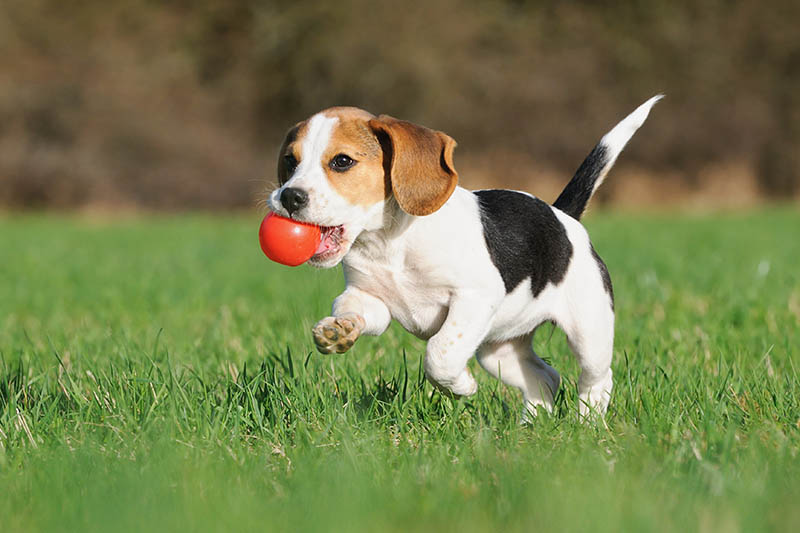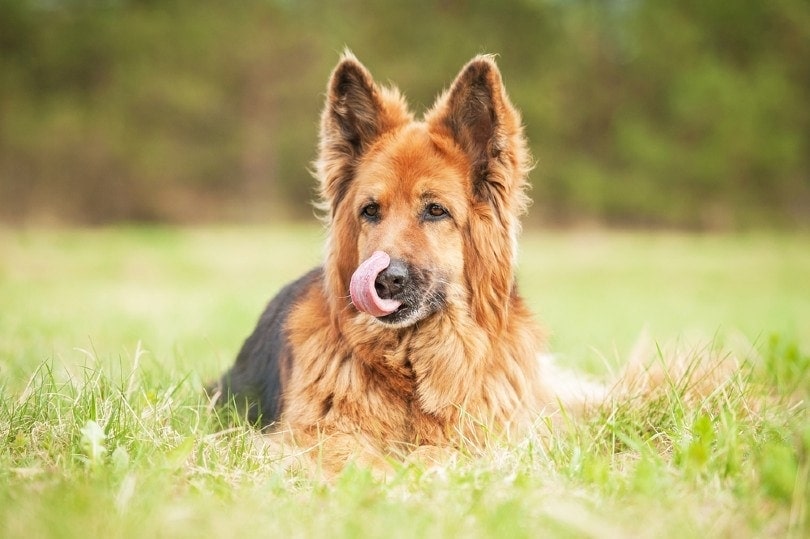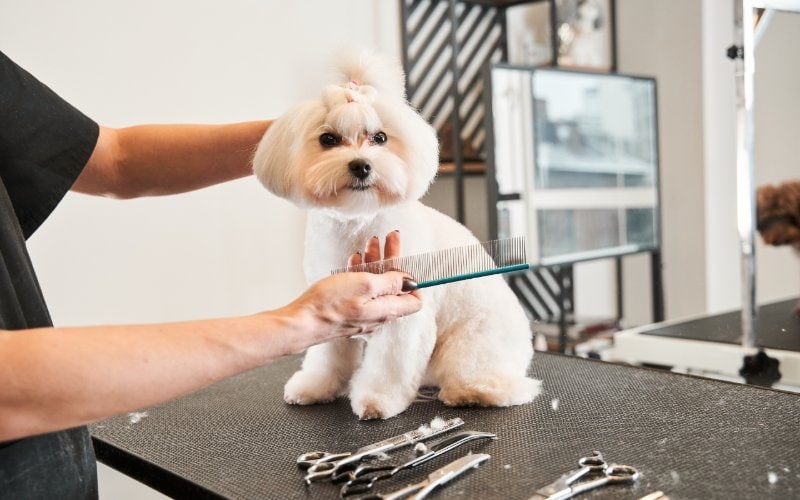Volpino Italiano vs. Pomeranian: Choose the Right One for You (With Pictures)
Updated on
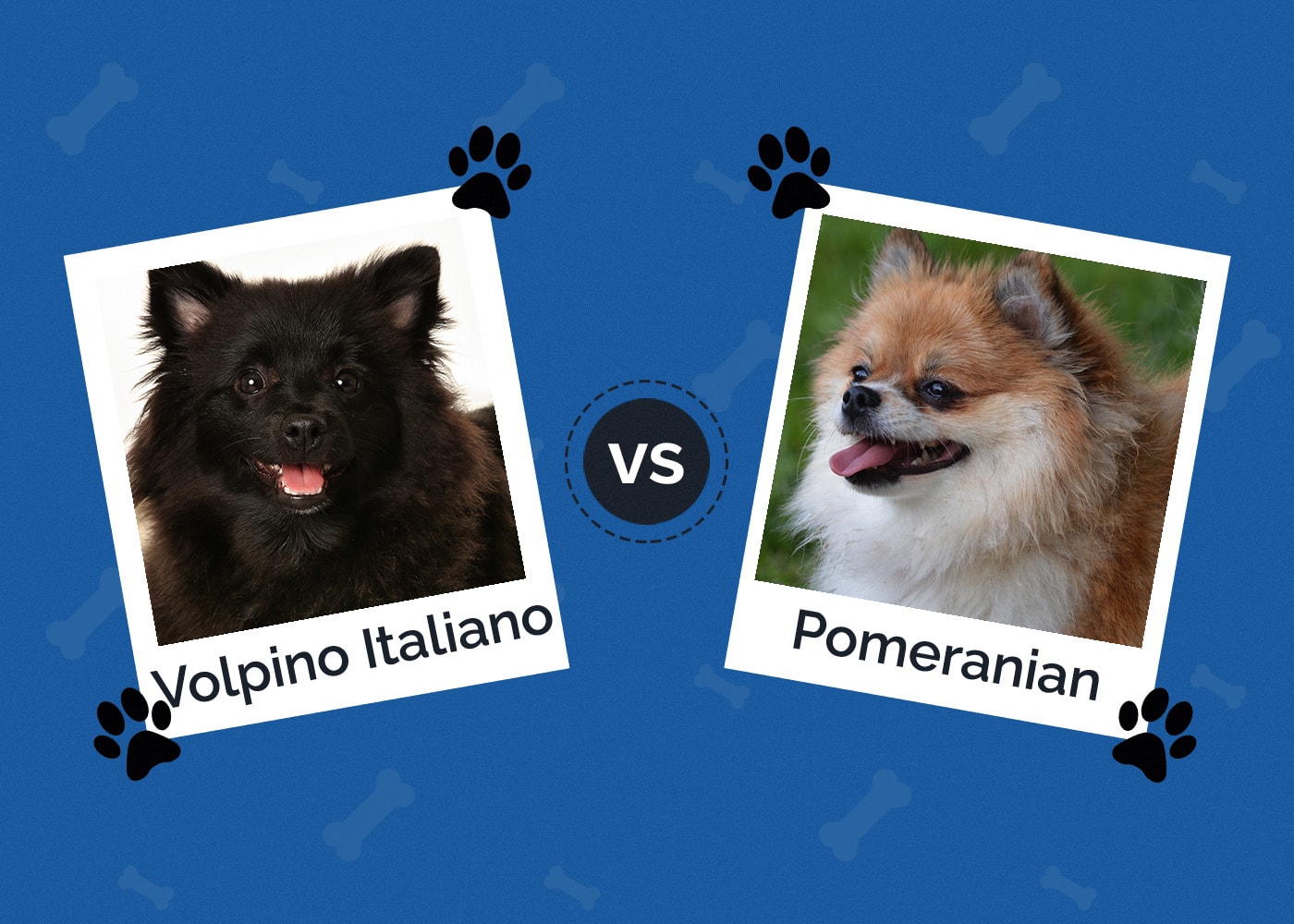
Volpino Italianos and Pomeranians have undeniable similarities, as their facial features can look almost identical. They’re also seen in similar colors, such as white, red, and black, making it hard to differentiate between them.
Despite their similar appearances, these dogs are not related at all. In fact, Pomeranians originate from Germany, while Volpino Italianos are, of course, Italian. Their personalities, dietary requirements, trainability, and health conditions may also vary.
The decision can be tricky if you’re interested in owning one of these dogs as a pet. Here’s everything you must know about them to choose the right dog for your home.
Visual Differences
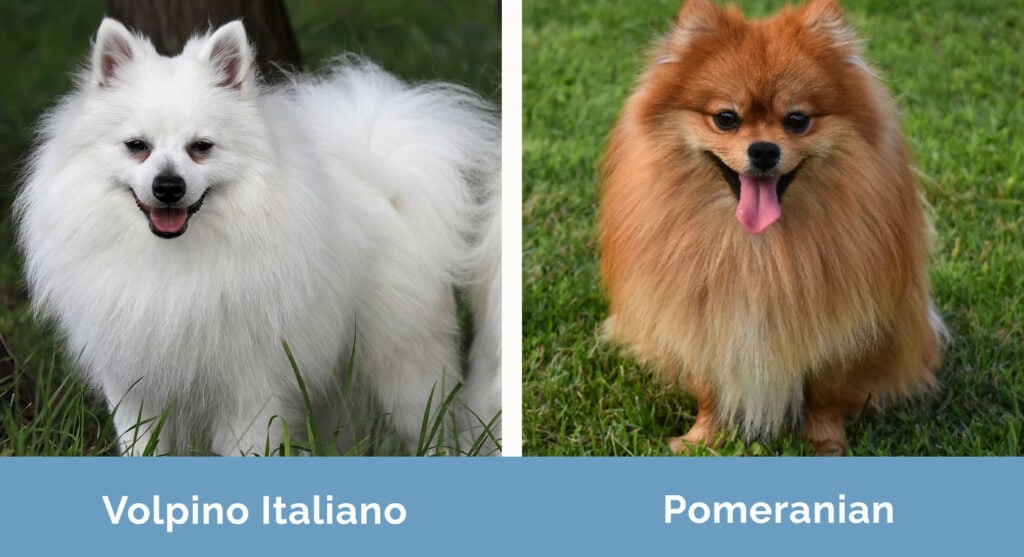
At a Glance
- Average height (adult):5 to 12 inches
- Average weight (adult): 9 to 14 pounds
- Lifespan: 12 to 15 years
- Exercise: Average
- Grooming needs: Average
- Family-friendly: Yes
- Other pet-friendly: Somewhat
- Trainability: Easy
- Average height (adult): 7 to 12 inches
- Average weight (adult): 3 to 7 pounds
- Lifespan: 12 to 16 years
- Exercise: Minimal
- Grooming needs: Average
- Family-friendly: Yes
- Other pet-friendly: Somewhat
- Trainability: Easy
Volpino Italiano Overview
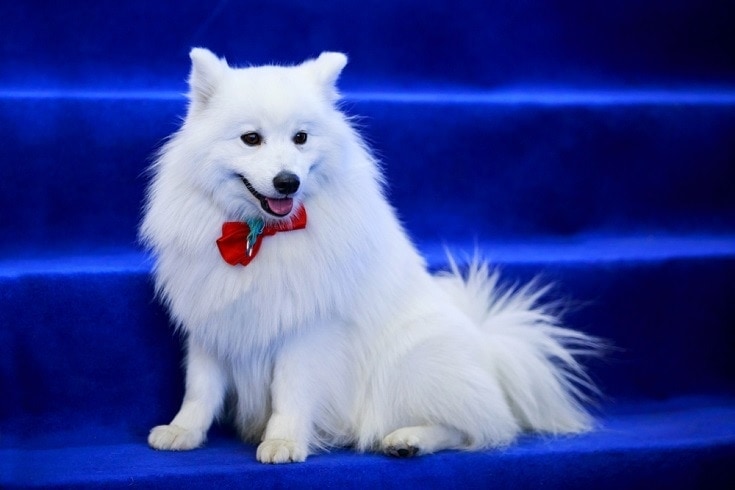
The Volpino Italiano breed is known for its diversity in colors and personality traits. Most importantly, they love running around and engaging with agility equipment. However, once they tap out, they’ll enjoy staying on your lap for the rest of your day.
These dogs originate from ancient times, with a history of almost going extinct as Italy lost interest in breeding them. Luckily, breeders of American Eskimo Dogs bred the Volpino Italiano dog to keep them active.
Soon enough, Italian breeders took a newfound interest in the breed and began making efforts to prevent their extinction. This allowed the Volpino Italiano to resurge and become a viable breed once again.
Personality / Character
The Volpino Italiano is an affectionate, lively, and playful breed. Once they become part of your family, they’ll instantly become attached to you and your home. These dogs are friendly and trustworthy around children, and you can count on them to keep your kids active and playful around the house.
Diet
High-quality dog food is the ideal diet for a Volpino Italiano. If you want to avoid buying commercially manufactured dog food, you may consult your vet to check if home-prepared food is good for your dog.
Some dogs in this breed may be prone to obesity, so it’s best to monitor their weight level and calorie consumption on a regular basis. You can leverage treats while training them, but make sure not to give them too many.
When feeding them human food, make sure to do your research on whether they’re safe for dogs. If you’re concerned about your dog’s weight or diet, it’s best to call your vet. Lastly, fresh water should always be available for your Volpino Italiano.
Health and Care
Volpino Italianos are typically healthy and tend to live somewhere between 14 to 16 years. In some cases, this breed may be susceptible to a genetic eye disease known as primary lens luxation (PLL).1
Other than that, this breed may also be prone to a common orthopedic disease known as patellar luxation, which can cause your dog’s knee to pop out of place. Experts recommend regular PLL tests for your Volpino Italiano.

Training
Training a Volpino Italiano is reasonably straightforward, as these dogs can stay focused for up to 15 minutes at a time. It’s always better to start training them at an early age, but older dogs in this breed are also fairly easy to train. You’ll find that they’ll do almost anything for a treat.
Exercise
Despite its small size, the Volpino Italiano is an active and energetic dog. Additionally, their speed and curiosity require them to get at least 45 minutes of exercise and mental challenges every day.
If your Volpino Italiano is left alone too often or doesn’t get enough exercise, it may showcase destructive behavior. The ideal way to keep them active and stimulated is by letting them run around in a fenced yard and engage with various dogs.
It’s also best to supervise them while they exercise since these are indoor dogs without many hunting or defensive skills.
Grooming
The Volpino Italiano has a fluffy and white double coat, with another short and dense undercoat. While it may seem otherwise, their fur is surprisingly easy to groom and clean. You’ll need to brush them thoroughly twice or thrice a week to get rid of dead hairs. This will allow you to prevent shedding and matting.
Additionally, it’s best to bathe your Volpino Italiano no more than once every few months, as frequent bathing can irritate and dehydrate their skin. It’s also crucial to trim their nails regularly.
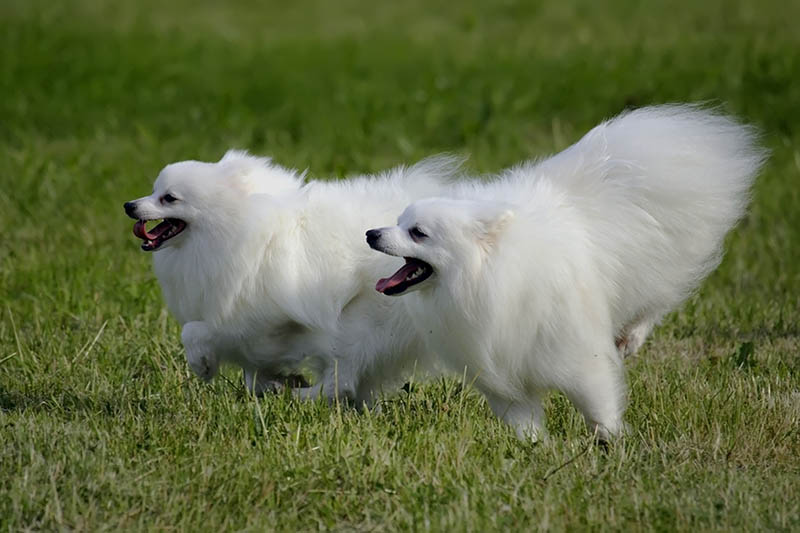
Suitable For:
The Volpino Italiano makes for a perfect family. Their playful and energetic nature makes them ideal for families with children that require some amount of activity. It’s crucial to steer these headstrong dogs in the right direction from a young age to prevent destructive behavior.
- Loves to spend time with their family
- Easy to travel with
- Easy to train
- Good with children
- Needs up to an hour of exercise every day
- Tends to bark a lot
- Can be delicate and sensitive
- May be prone to certain eye diseases
Pomeranian Overview
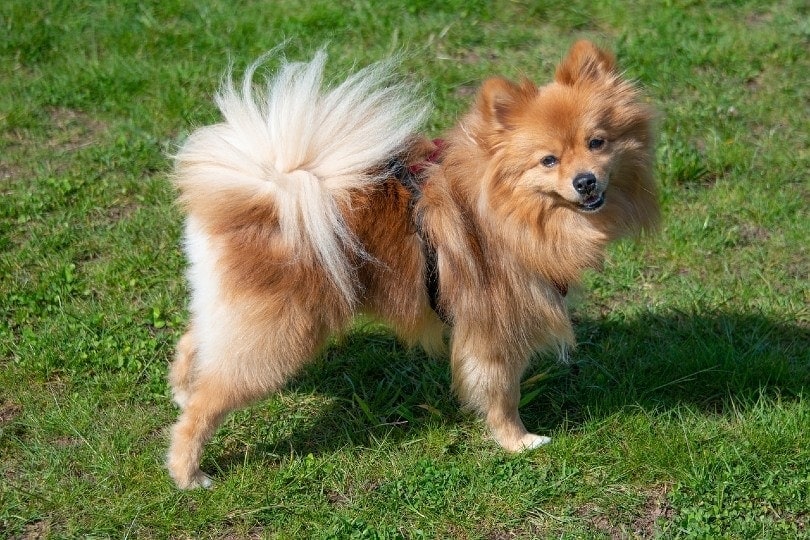
The tiny Pomeranian has historically been a favorite among royals, known as the ideal furry companion. Its foxy face, vivacious personality, and glorious coat are just a few reasons that the Pomeranian is one of the most famous toy dog breeds in the world.
Although it has a tiny body, weighing under 7 pounds, this feisty puppy loves acting like a big dog. Its beautiful double coat is seen in nearly two dozen colors, but you’ll most often see it in white.
Personality / Character
The Pomeranian has an alert and intelligent personality, which makes them easy to train. Surprisingly, these tiny dogs can make fine watchdogs while also maintaining an affectionate and perky nature for their family.
These dogs require no more than 30 minutes of exercise, so you can keep them active with indoor play or short walks. If you live in the suburbs or the city, these dogs will quickly get comfortable anywhere.
They love learning tricks as long as you provide treats as leverage.
Diet
The ideal diet for a Pomeranian is the right amount of high-quality dog food. You may buy them commercially manufactured, but you’ll need to consult your vet for approval if you want to prepare your dog’s meals at home.
To prevent your Pom from becoming overweight, you must monitor their calorie intake and weight on a regular basis. These dogs only participate in learning tricks if you provide treats, but make sure not to give them too many.
You’ll also need to learn which human foods are safe for your Pomeranian before feeding them. Most importantly, you should always provide fresh and clean water for your dog. If you’re concerned about its weight or diet, consult your vet immediately.
Health and Care
Pomeranians are known for being healthy dogs due to a history of responsible and expert breeders. These breeders screen their stock for common health conditions in the breed, including hypothyroidism, luxating patellas, alopecia X, seizures, congestive heart failure, and collapsing tracheas.
You can ask for Orthopedic Foundation for Animals (OFA) copies to check health-screening information for the parents of your Pomeranian. The National Breed Club recommends a few health tests for your Pom, including an ophthalmologist evaluation, cardiac exam, and patella evaluation.
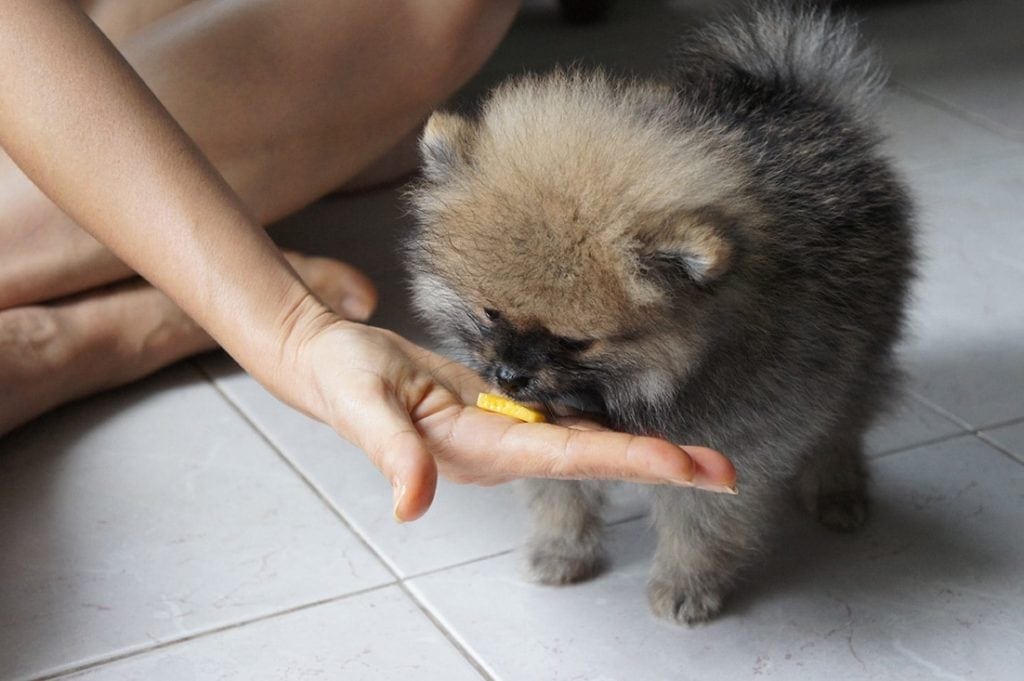
Training
It’s best to train your Pomeranian to walk on a leash and come when called from a very young age. However, it’s worth noting that it can be challenging to housebreak these dogs, so you’ll need to be consistent and patient while training.
Since these dogs are small and delicate, you’ll also need to train them not to jump off couches or beds, as it can potentially injure their joints or even lead to broken bones. These dogs will enjoy engaging in canine activities like obedience, rallying, agility, and working as therapy dogs.
Exercise
Pomeranians are relatively sedentary dogs, but they still require some level of exercise. They definitely enjoy going on walks and running or playing with their favorite human. You can help them get 30 minutes of daily exercise on a quick walk outside, but you must keep an eye on them.
These dogs are known for escaping through gaps in fencing or even jumping over short fences. They are not indoor dogs and may be mistaken for squirrels or rabbits by owls and hawks, so their chances of survival in the wild are low.
Grooming
The beautiful and thick double coat of your Pomeranian is one of its most unique features, but it can also be the most taxing. You must frequently brush their skin with a slicker brush or pin brush at least once a week to prevent shedding and matting.
It’s also crucial to keep their nails short, especially if your family has children. Experts recommend taking your Pom to a groomer every 4 to 6 weeks for a full groom, including a bath and cleaning of their nails, anal glands, and ears. They’ll finish off the session with a thorough brushing.
It’s also recommended to brush their teeth once a week to keep them healthy by using toothpaste that is safe for dogs.
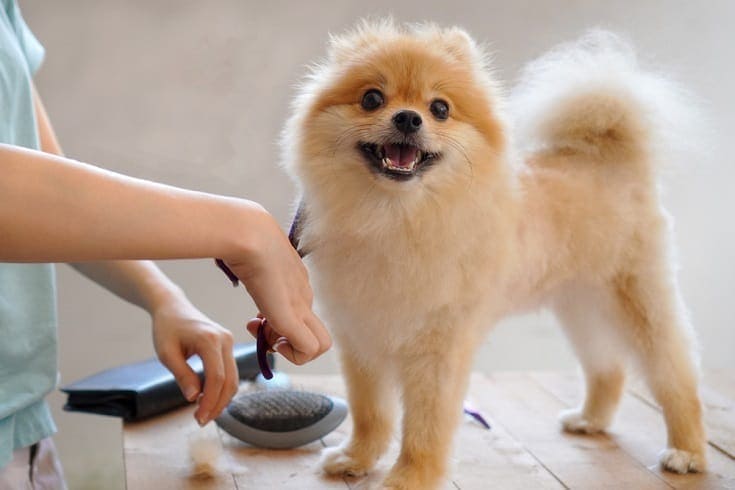
Suitable For:
If your family is looking for a small and non-intimidating dog, the Pomeranian may be the ideal pet for you. Its small size makes it easy for children to play with it or take it out for walks without worrying about escaping. Your children will be able to stop the dog from running away, as it isn’t too strong.
However, Pomeranians can be pretty fragile, so you’ll need to teach your children to hold, carry, and walk the dog correctly without being rough. It’s best to supervise your children while playing with your Pom as this breed can be easily hurt.
- Easy to train
- Can live in the city or suburbs
- Good with children
- Easy to travel with
- Tend to be sassy
- High maintenance in terms of grooming
- Prone to specific health issues
- Housebreaking can be a challenge
Which Breed Is Right for You?
The Volpino Italiano and Pomeranian have incredibly similar appearances, so it can be tricky to pick one based on looks. However, their personalities are somewhat different, which can make the decision slightly easier for a potential pet owner.
If your family is looking for a low-maintenance yet active puppy, a Volpino Italiano may be best. These dogs require up to an hour of exercise daily, so they can help keep your children engaged. Luckily, their grooming requirements aren’t too high maintenance.
On the other hand, Pomeranians are better for families that don’t have enough time to exercise their dogs for an hour every day. These dogs need no more than 30 minutes of exercise, which can be done in your own home or backyard.
However, grooming these dogs can be time-consuming since they tend to shed a lot. These dogs are also relatively hard to housebreak, so their training requires consistency and patience. Both breeds are susceptible to joint issues but are otherwise healthy pets.
Featured Image Credit: (L) BIGANDT.COM, Shutterstock | (R) Trent Pickering, Unsplash



